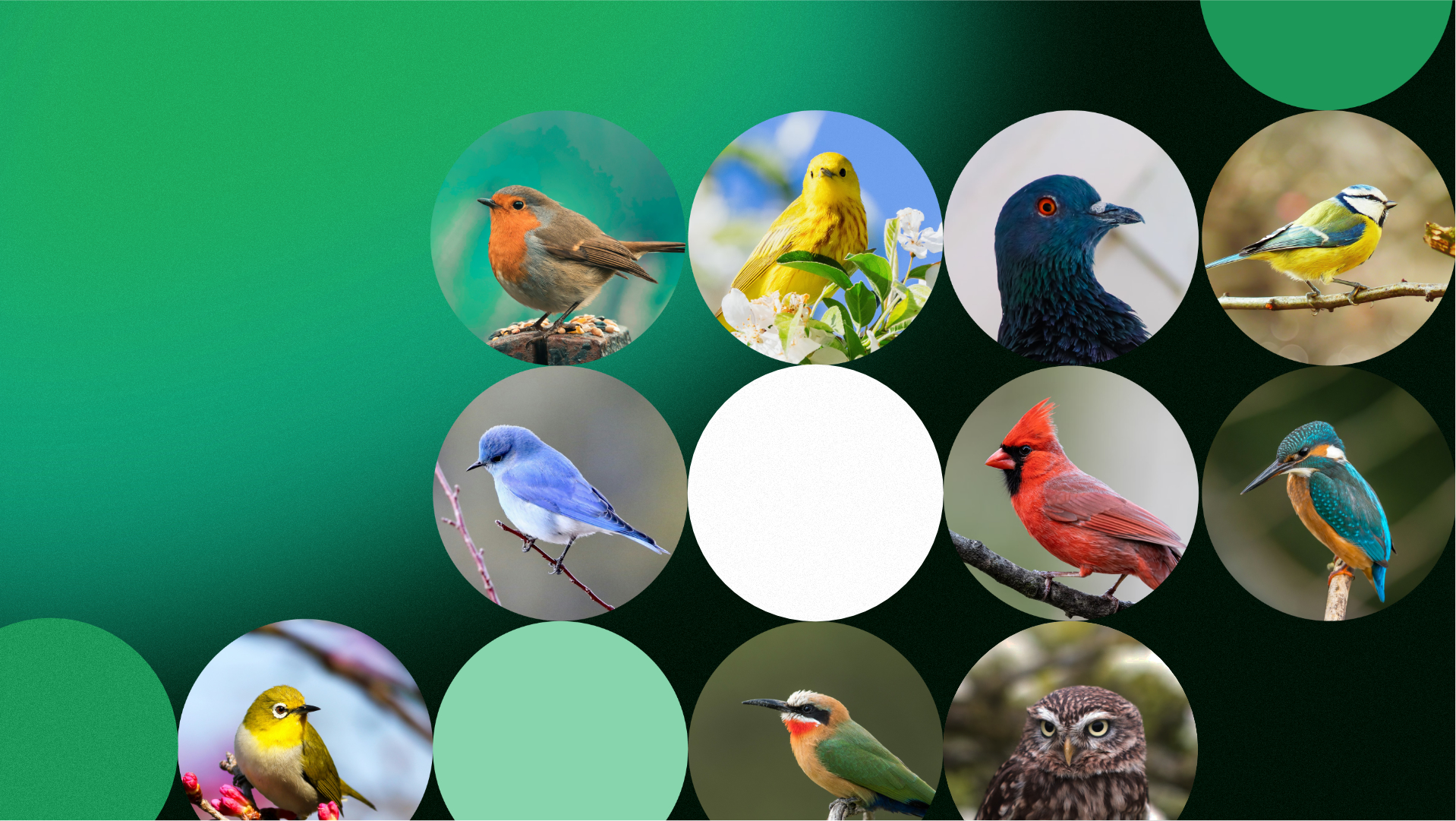At Beefutures, we’ve always been fascinated by how much bees can tell us about the environment. Now, thanks to advancements in AI, our beehive monitoring technology has taken an exciting new step: detecting bird species. This unexpected intersection of bees and birds opens up fresh possibilities for understanding biodiversity in a whole new way.
Beehives as unexpected bird monitoring stations
Beehives are more than just homes for busy pollinators—they’re hotspots of activity in nature. Their warmth, steady supply of sugar, and protein-rich bee bodies make them attractive to a variety of creatures, including birds. Some birds have even learned to take advantage of the daily drop of dead bees from hives as a convenient food source.
This natural interaction got us thinking: what if we could use beehives to listen to the birds that visit them? By placing audio recording device at the hive entrance, we’ve been able to capture bird sounds and, with the help of AI, identify different species. This means our beehive monitoring system is no longer just about bees—it’s becoming a window into the wider ecosystem.
Why birds matter in ecosystem health
Birds are more than just beautiful creatures; they’re key indicators of ecosystem health. Their presence—or absence—can signal changes in biodiversity, habitat quality, and environmental conditions. By tracking bird species around beehives, we can gain a better understanding of shifts in local ecosystems, which is crucial for conservation efforts and regenerative agriculture.
AI-powered bird detection: a new tool for biodiversity monitoring
The ability to automatically detect bird species through sound analysis is a game-changer. AI models trained to recognize bird calls allow us to monitor bird populations in a non-invasive and efficient way. While researchers have spent years studying how to extract meaningful insights from this kind of data, integrating it with our beehive monitoring system brings an exciting new layer of understanding.
Seeing the bigger picture: bees, birds, and environmental insights
By combining bee and bird data, we can paint a more complete picture of ecosystem health. Bees tell us about plant health and pollination dynamics, while birds provide insights into habitat stability and biodiversity trends. Bringing these two perspectives together offers valuable information for researchers, sustainability managers, and regenerative farmers looking to work in harmony with nature.
A step forward for conservation
At its core, this is about finding smarter, more natural ways to observe the world around us. By letting bees and birds guide the way, we’re unlocking new methods for environmental monitoring that are both innovative and rooted in nature itself. It’s a reminder that sometimes, the answers we seek are already all around us—we just need to listen.
As we continue to refine this technology, we’re excited to see what new insights it will reveal. The more we learn from nature, the better equipped we are to protect it.



